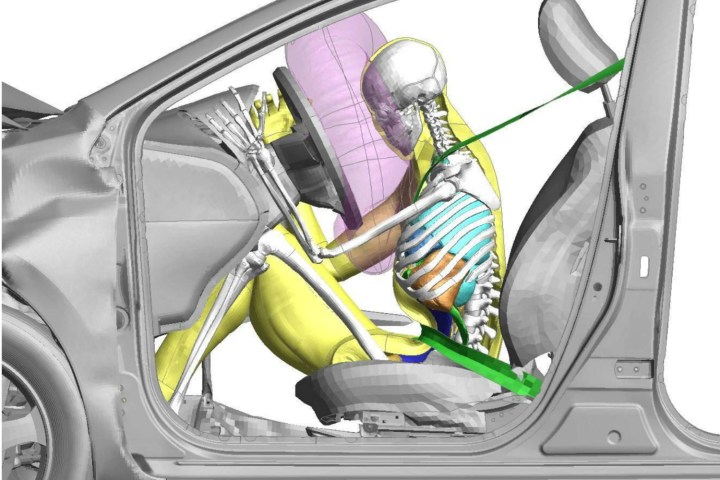


THUMS Version 1 launched in 2000 and has seen steady improvements and refinements to the software. In 2003, Version 2 launched with the addition of faces and bone structure to the models. Version 3, released in 2008, added a brain simulation, and 2010’s Version 4 added detail to the brain model and also introduced properly situated and reactive internal organs. In 2015, Version 5 brought along simulated musculature, allowing the models to position themselves in a bracing manner, similar to what humans may do just before a crash.
The new child-spec models were created in collaboration with Wayne State University, the University of Michigan, and the Collaborative Safety Research Center.
THUMS can be purchased through the Tokyo-based JSOL Corporation and ESI Japan. The technology contributes to research at organizations all over the world, including automobile and parts manufacturers as well as universities.
Editors' Recommendations
- Toyota announces site for its first U.S. battery plant
- Toyota has a new electric car for you — and it’s about the size of a golf cart
- 2020 Toyota Prius hybrid finally adds Apple CarPlay compatibility
- Toyota and Subaru are expecting again, but this time it’s not a sports car


